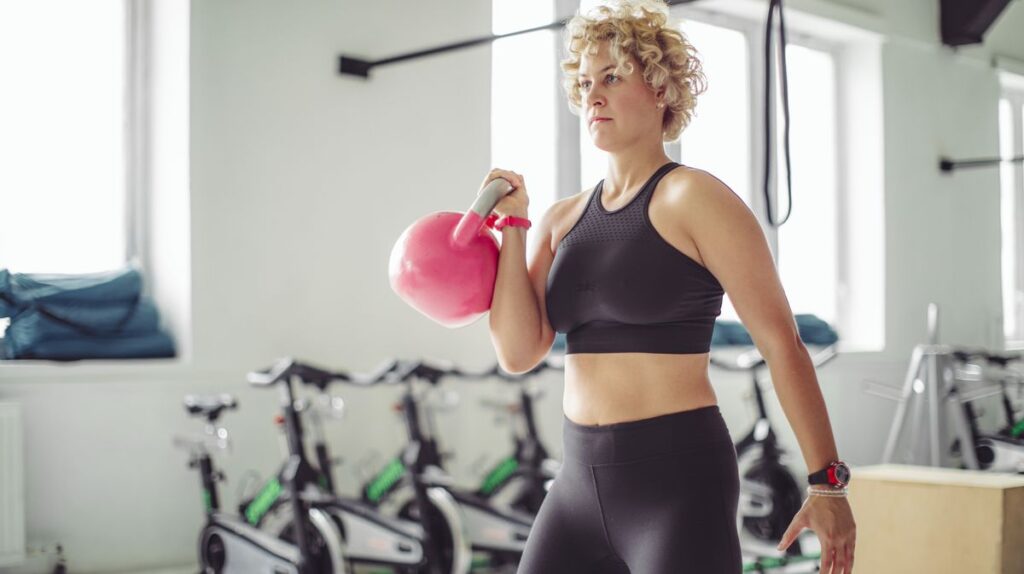If you’re a slave to sit-ups and crunches but don’t feel like your core strength is improving, that’s because you’re not targeting the deep core muscles.
The core consists of several layers of muscles. Sit-ups and crunches are great for targeting the rectus abdominis on the front of the stomach but they don’t recruit the deeper muscles within the core, like the transverse abdominis which wraps around your trunk.
According to physical therapist Dr. Michelle Gaubert , you can activate these deeper muscles with a few simple exercises.
“Unlike lying exercises, which isolate specific muscles, standing exercises engage the entire kinetic chain [all muscles involved in a movement], requiring the full core to stabilize the spine while supporting movement in multiple planes,” Dr. Gaubert says.
How to do Dr. Michelle Gaubert’s deep core workout All you need to do this workout is a pair of kettlebells. Complete 10 repetitions of each exercise below, on both sides of the body where applicable, for two to three rounds. While many of these exercises are similar, they target slightly different muscles, so the routine will work your entire core.
Suitcase squat
Weighted kettlebell march
Single-side weighted kettlebell march
Shoulder weighted kettlebell march
Overhead weighted kettlebell march
The benefits of standing core workouts “This workout improves functional strength , balance, and coordination, which translates to daily tasks and athletic performance,” says Dr. Gaubert.
Adding weights to your core workouts also makes it easier to track your progress, as you can simply increase the load when a move has become easy. This is known as progressive overload and it’s important for building strength.
“Adding a weight like a kettlebell increases the challenge by creating an external load that shifts your center of gravity,” Dr. Gaubert explains, adding: “The core muscles must work harder to counterbalance the weight, enhancing their stability and control.”
You can use any type of weight to increase the resistance of your workouts, but Dr. Gaubert says kettlebells are well suited to core workouts.
Unlike dumbbells, which have an evenly distributed weight, a kettlebell’s center of mass isn’t in the palm of your hand when you hold it. This makes you feel more wobbly, so your core muscles work harder to keep you upright.
“A kettlebell’s off-center design amplifies the need for stabilization,” says Dr. Gaubert. “This design promotes engagement of deep core muscles like the transverse abdominis and the multifidus [spinal muscle], which are essential for maintaining a strong and pain-free spine.”

